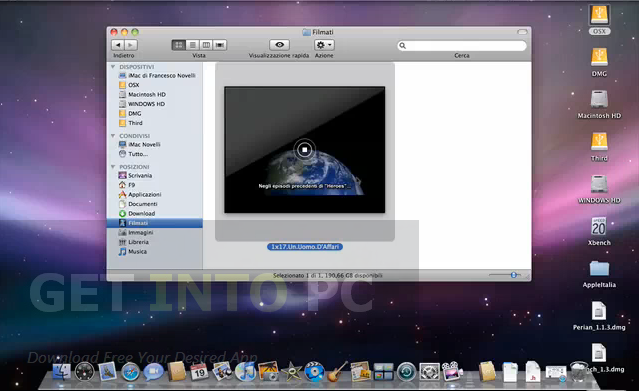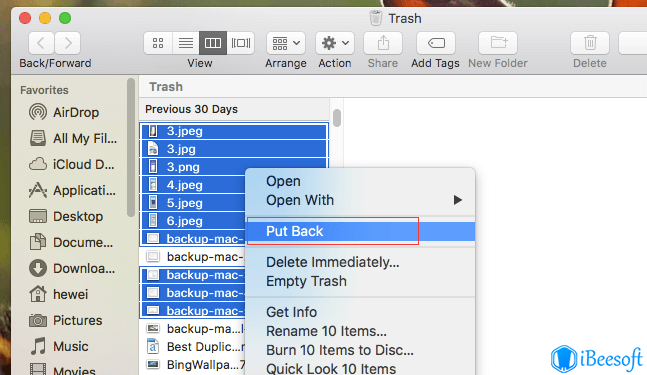Mac Os X Installation Disc Download
These advanced steps are primarily for system administrators and others who are familiar with the command line. You don't need a bootable installer to install macOS, but it can be useful when you want to install on multiple computers without downloading the installer each time.
Mac Os X 10.4 Install Disc Download
Download macOS
Mac OS X 10.6 Snow Leopard Free Download DMG 10.6.3 Clean Rip. It is final bootable OS X Snow Leopard Install DVD 10.6.3 DMG for Clean OS X Reinstall. Mac OS X Snow Leopard Overview Mac OS X 10.6 Snow Leopard is the seventh release of the Mac OS X. Sep 30, 2015 2. Download El Capitan and install fresh the Mac OS without upgrading current Mac OS version. The second method of installations is the clean install method. It basically erases the entire content of your chosen drive and installs a fresh, smooth version of the new operating system which is download El Capitan Mac OS X in this case.
Download a macOS installer.* You can find the appropriate download link in the upgrade instructions for macOS Catalina, macOS Mojave, macOS High Sierra, macOS Sierra, and OS X El Capitan.
- If the macOS installer opens after downloading, quit it without continuing installation.
- macOS Sierra and El Capitan download as a disk image that contains an installer named InstallOS.pkg or InstallMacOSX.pkg. Run this installer before continuing.
- If downloading macOS Catalina, macOS Mojave, or macOS High Sierra for the purpose of creating a bootable installer, your Mac must be using macOS Sierra 10.12.5 or later, or El Capitan 10.11.6. Enterprise administrators, please download from Apple, not a locally hosted software-update server.
Then find the installer in your Applications folder as a single ”Install” file, such as Install macOS Catalina.
Use the 'createinstallmedia' command in Terminal
- Connect the USB flash drive or other volume you're using for the bootable installer. Make sure that it has at least 12GB of available storage and is formatted as Mac OS Extended.
- Open Terminal, which is in the Utilities folder of your Applications folder.
- Type or paste one of the following commands in Terminal. These assume that the installer is still in your Applications folder, and MyVolume is the name of the USB flash drive or other volume you're using. If it has a different name, replace
MyVolumein these commands with the name of your volume.
Catalina:*
Mojave:*
High Sierra:*
Sierra:
El Capitan: - Press Return after typing the command.
- When prompted, type your administrator password and press Return again. Terminal doesn't show any characters as you type your password.
- When prompted, type
Yto confirm that you want to erase the volume, then press Return. Terminal shows the progress as the bootable installer is created. - When Terminal says that it's done, the volume will have the same name as the installer you downloaded, such as Install macOS Mojave. You can now quit Terminal and eject the volume.
* If your Mac is using macOS Sierra or earlier, include the --applicationpath argument, similar to the way this argument is used in the commands for Sierra and El Capitan.

Use the bootable installer
After creating the bootable installer, follow these steps to use it.
- Connect the bootable installer to a compatible Mac.
- Use Startup Manager or Startup Disk preferences to select the bootable installer as the startup disk, then start up from it. Your Mac will start up to macOS Recovery.
Learn about selecting a startup disk, including what to do if your Mac doesn't start up from it. - Choose your language, if prompted.
- A bootable installer doesn't download macOS from the Internet, but it does require the Internet to get information specific to your Mac model, such as firmware updates. If you need to connect to a Wi-Fi network, use the Wi-Fi menu in the menu bar.
- Select Install macOS (or Install OS X) from the Utilities window, then click Continue and follow the onscreen instructions.
Learn more
For more information about the createinstallmedia command and the arguments that you can use with it, make sure that the macOS installer is in your Applications folder, then enter this path in Terminal:
Catalina:
Ibook G4 Mac Os X Install Disc Download
Mojave:
High Sierra:
If you continue to use the hard drive, new data will overwrite the files, making it very difficult to recover files from erased hard drive on Mac. Second, apply a powerful erased hard drive recovery Mac software. It is the tool that will help you restore the erased files to its original hard drive on Mac. Please remember, you can. 
Sierra:
El Capitan: